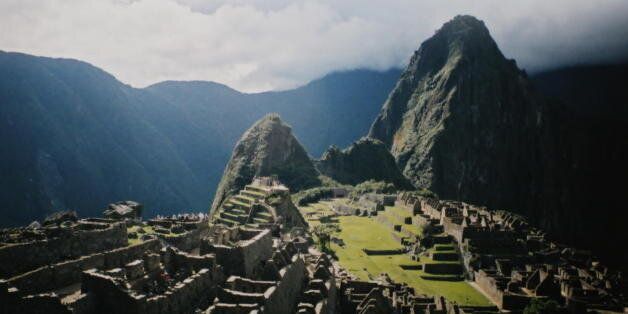
Although climate change probably isn't the first thing that comes to mind when you're planning a trip abroad, the reality is that many parts of the world are under threat from rising sea levels, higher temperatures and extreme weather events.
Popular tourist destinations are no exception, and research shows that the catastrophic effects of climate change are already being felt everywhere from Australia to Northern Europe.
Some of the world's most gorgeous locations are even at risk of disappearing entirely, so here are some of the places to visit before they're altered forever by climate change.
1. The Great Barrier Reef
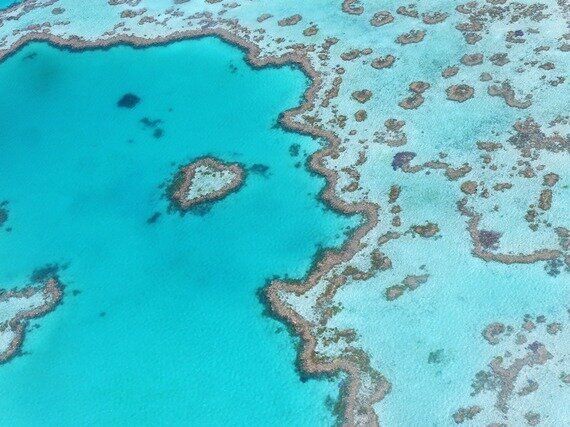
Pixabay.com
The Great Barrier Reef in Australia is one of the seven natural wonders of the world. As the largest ecosystem on Earth, it's home to a huge variety of marine plants and animals, including ancient sea turtles, more than 1500 species of fish and over 400 types of hard coral.
Unfortunately, steadily warming oceans have lead to bleaching of the coral, and in 2016 almost a third of the reef's coral died. Researchers speculate that if drastic action isn't taken to reverse global warming, the Great Barrier Reef may not recover from the stress of higher temperatures.
2. Mount Kilimanjaro
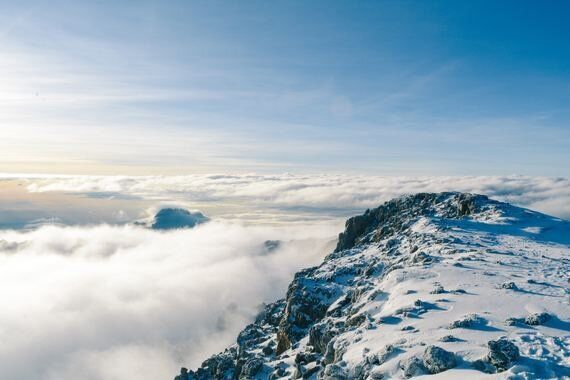
Unsplash.com
Mount Kilimanjaro in Tanzania is Africa's highest mountain and is well-known for its snow-capped peaks, which make for a striking contrast against the lush green backdrop of the African wilderness.
However, as global temperatures continue to rise the snow and ice will inevitably be lost. Research shows that 85% of the ice on Mount Kilimanjaro has already melted away during the last century and experts predict that its ice caps may be gone by the year 2022.
3. Joshua Tree National Park
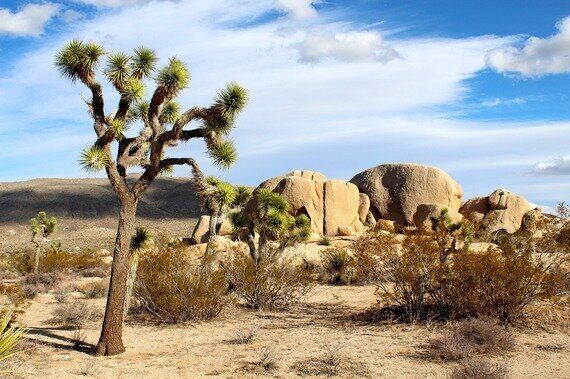
Pixabay.com
Joshua Tree National Park in California is home to a distinctive desert plant known as the Joshua tree, which only grows in the Mojave Desert. But even deserts need rain, and increasingly severe droughts have prevented the iconic trees from reproducing.
On average the Mojave Desert should receive five inches of rain each year, but in recent years this has been reduced to only one inch. If these hot and dry conditions persist, the trees may soon be extinct.
4. The Alps
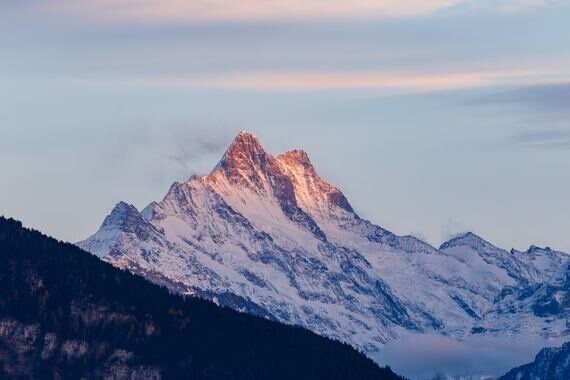
Unsplash.com
Situated in Central Europe, the Alps attract nearly 120 million skiers and vacationers from all over the world each year. Because of their lower altitude compared to many other famous ski regions, however, the Alps are particularly sensitive to the rise in global temperatures.
Already, around 3% of Alpine glacial ice is lost each year, and researchers believe that at this rate the glaciers may be completely gone by 2050.
5. The Maldives

Unsplash.com
The Maldives has gained a reputation for being an ideal honeymoon destination thanks to its secluded beaches and crystal clear waters. However, one frequently overlooked reason to visit this idyllic island nation is that it may not be around for much longer.
The Maldives is one of the lowest lying nations on the planet, which means it's particularly susceptible to the dangers of rising sea levels. Some experts believe it could be submerged in as little as 30 years.
6. The Dead Sea
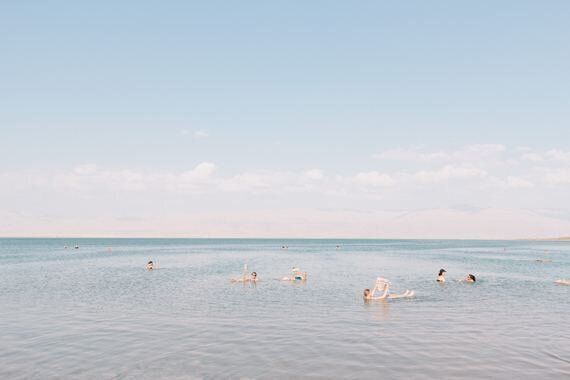
Unsplash.com
The Dead Sea, bordered by Jordan and Israel in the Middle East, is one of the saltiest bodies of water in the world. The lake attracts millions of visitors each year and is known not only for its therapeutic properties, but also for being nine times saltier than an ocean.
Sadly, rising global temperatures as well as the construction of dams and pipelines have caused the lake to shrink by a third over the last 40 years. It's believed that the lake could disappear in less than 50 years if it continues to lose water at its current rate.
7. Ilulissat Icefjord
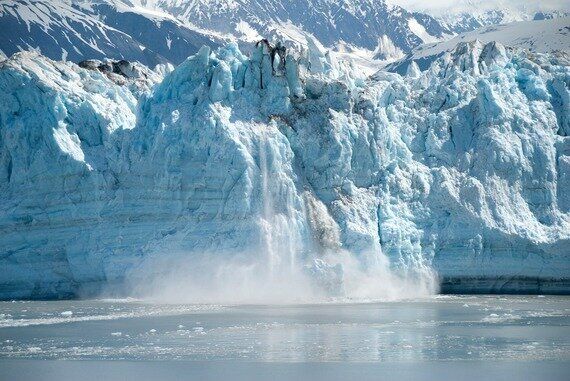
Pixabay.com
The Ilulissat Icefjord in western Greenland is a UNESCO World Heritage site and is the best place in the world to watch a natural phenomenon known as "glacier calving," where large chunks of ice break off the glaciers and crash into the water below.
Unfortunately, global warming has been causing the glaciers to shrink at an alarming rate, and the glacier has already receded by 10 miles since 2001.
Keep in mind that travel can also impact the environment, so i's important to travel responsibly and choose green tour companies and hotels. You can also look for ways to offset your carbon footprint and give back, such as planting trees or making a donation to one of the organizations that work to protect the environment you'll be visiting.
______________________
Marianne Stenger is a writer and journalist with Open Colleges